In this blog post, we proudly present an exclusive Indian Scientists Chart that showcases the remarkable achievements and groundbreaking discoveries made by these exceptional minds.
Welcome to an exciting journey through the annals of scientific greatness, where we will explore the inspiring contributions of renowned Indian scientists.
Table of Contents
- 1. 20 Famous Indian Scientists Chart
- 2. 1. C.V. Raman
- 3. 2. Homi Jehangir Bhabha
- 4. 3. Vikram Sarabhai
- 5. 4. Srinivasa Ramanujan
- 6. 5. Jagadish Chandra Bose
- 7. 6. Satyendra Nath Bose
- 8. 7. Har Gobind Khorana
- 9. 8. Subrahmanyan Chandrasekhar
- 10. 9. Homi Sethna
- 11. 10. A.P.J. Abdul Kalam
- 12. 11. Raghunath Anant Mashelkar
- 13. 12. M. S. Swaminathan
- 14. 13. Venkatraman Ramakrishnan
- 15. 14. Chandrasekhara Venkata Ramanujan
- 16. 15. Harish Chandra
- 17. 16. Shanti Swaroop Bhatnagar
- 18. 17. Satyendra Nath Bose
- 19. 18. M. Visvesvaraya
- 20. 19. Prafulla Chandra Ray
- 21. 20. Meghnad Saha
This blog “Indian Scientists Chart” will provide the summery of the invaluable efforts and ingenuity of these visionaries, whose dedication to unraveling the mysteries of the universe has significantly shaped our understanding of the world we inhabit. Their stories are a testament to the boundless potential that education, passion, and perseverance hold for every individual.
So, join us on this illuminating expedition as we celebrate the extraordinary achievements of Indian scientists, their resilience, and their profound contributions to humanity. Let us be inspired to embrace curiosity, curiosity, and intellectual pursuit, just like these remarkable minds who have charted the course of innovation and scientific discovery.
20 Famous Indian Scientists Chart
From astronomy to medicine, physics to mathematics, India has nurtured a galaxy of scientific geniuses who have left an indelible mark on the global scientific community.
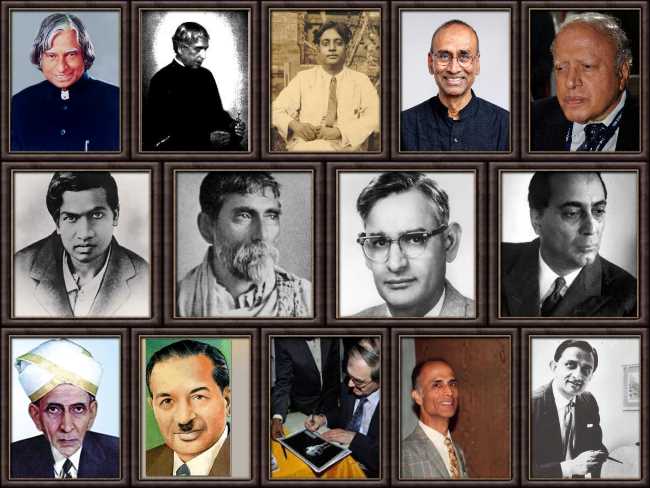
In this blog post, we will explore the groundbreaking contributions of seven eminent Indian scientists, shedding light on their life’s work and the lasting impact they have had on their respective fields. From C.V. Raman’s groundbreaking discovery of the Raman Effect to the mathematical brilliance of Srinivasa Ramanujan, each scientist’s journey is a captivating narrative of determination and brilliance.
1. C.V. Raman
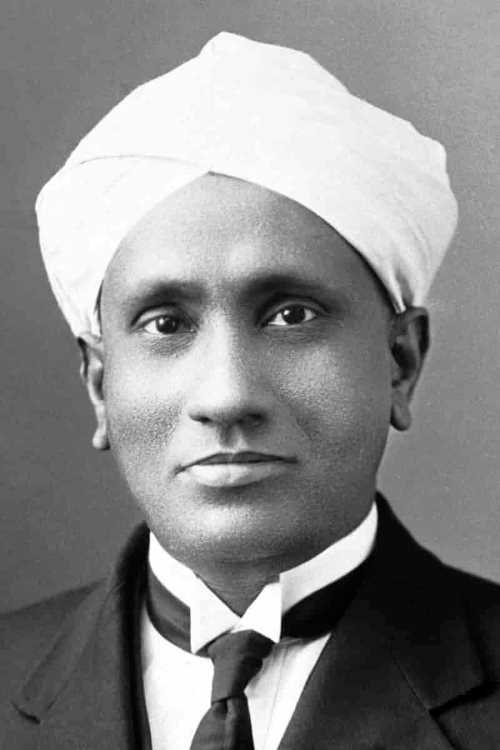
Chandrasekhara Venkata Raman, commonly known as C.V. Raman, was a renowned Indian scientist and physicist. He was born on November 7, 1888, in Tiruchirappalli, India. Raman made significant contributions to the field of science, particularly in the study of light scattering.
In 1928, he discovered the “Raman Effect,” which demonstrated the change in the frequency of light when it passes through a transparent material. This groundbreaking discovery earned him the Nobel Prize in Physics in 1930, making him the first Asian to receive this prestigious award.
Throughout his career, Raman held various academic and research positions, including serving as the director of the Indian Institute of Science in Bangalore. He was deeply passionate about science education and research, and his work continues to inspire generations of scientists in India and around the world. C.V. Raman’s legacy remains an integral part of India’s scientific heritage.
2. Homi Jehangir Bhabha
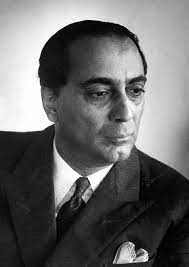
Homi Jehangir Bhabha was a brilliant Indian scientist and a pioneer in the field of nuclear physics. He was born on October 30, 1909, in Bombay, India. Bhabha’s passion for science led him to pursue his studies in Cambridge and later at the Indian Institute of Science.
He made significant contributions to the understanding of cosmic rays, which are high-energy particles from space. Bhabha also played a crucial role in establishing India’s first atomic research institution, the Tata Institute of Fundamental Research (TIFR), in 1945. His efforts laid the foundation for India’s nuclear program and its advancements in scientific research.
Tragically, he lost his life in an airplane crash in 1966, but his legacy continues to inspire generations of Indian scientists. Homi J. Bhabha’s unwavering dedication and pioneering work have left an indelible mark on India’s scientific landscape.
3. Vikram Sarabhai
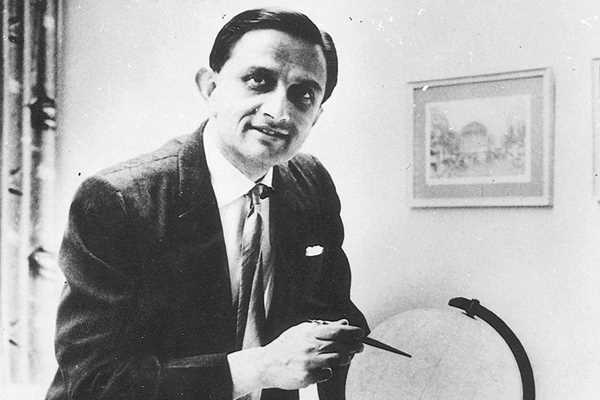
Vikram Sarabhai was an eminent Indian scientist, often regarded as the father of India’s space program. Born on August 12, 1919, in Ahmedabad, India, he had a deep passion for science from a young age. He pursued his education in physics and astronomy, earning a doctorate from the University of Cambridge.
Sarabhai believed that science and technology could play a crucial role in India’s development. He founded the Indian Space Research Organisation (ISRO) in 1969, aiming to harness space technology for national progress. Under his visionary leadership, India launched its first satellite, Aryabhata, in 1975.
He also played a pivotal role in establishing various scientific institutions, including the Physical Research Laboratory and the Indian Institute of Management. Vikram Sarabhai’s dedication and pioneering efforts paved the way for India’s remarkable achievements in space exploration, leaving a lasting legacy that continues to inspire generations of scientists and researchers.
4. Srinivasa Ramanujan
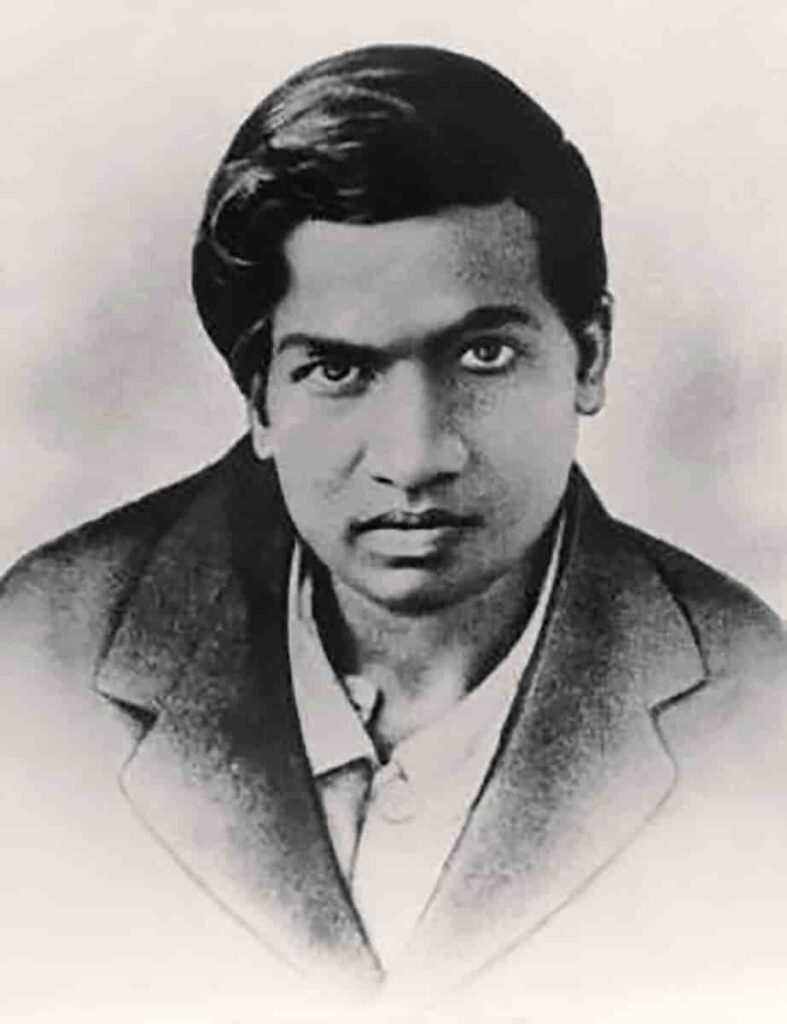
Srinivasa Ramanujan was an extraordinary Indian mathematician who lived in the early 20th century. Despite facing numerous challenges, he made significant contributions to the field of mathematics.
Born in a small village in South India, Ramanujan’s passion for numbers and patterns was evident from a young age. With little formal education, he independently explored complex mathematical concepts and discovered remarkable theorems. His work was so exceptional that it caught the attention of prominent mathematicians in England, including G.H. Hardy.
Ramanujan’s collaboration with Hardy led to groundbreaking research in areas like number theory, infinite series, and modular forms. His ingenious insights and profound results enriched mathematics, earning him recognition as a genius. Tragically, Ramanujan’s life was cut short at the age of 32, but his legacy continues to inspire aspiring mathematicians worldwide, showcasing the power of raw talent and dedication in the pursuit of knowledge.
5. Jagadish Chandra Bose
Jagadish Chandra Bose was an eminent Indian scientist who lived in the late 19th and early 20th centuries. He was a polymath, excelling in various fields like physics, biology, and botany. Bose is widely regarded as one of the pioneers in the study of radio waves, demonstrating that they can transmit signals without the need for wires. His groundbreaking work laid the foundation for modern wireless communication technology.
Apart from his contributions to physics, Jagadish Chandra Bose was also a keen botanist. He conducted extensive research on plants and demonstrated that they, too, have feelings and respond to various stimuli. This led to the discovery of the “nervous system” in plants, long before such concepts gained wider acceptance.
Bose’s accomplishments as a scientist were remarkable, and he always emphasized the importance of using science for the benefit of humanity. His work continues to inspire generations of scientists and stands as a testament to the power of curiosity and determination in advancing human knowledge.
6. Satyendra Nath Bose
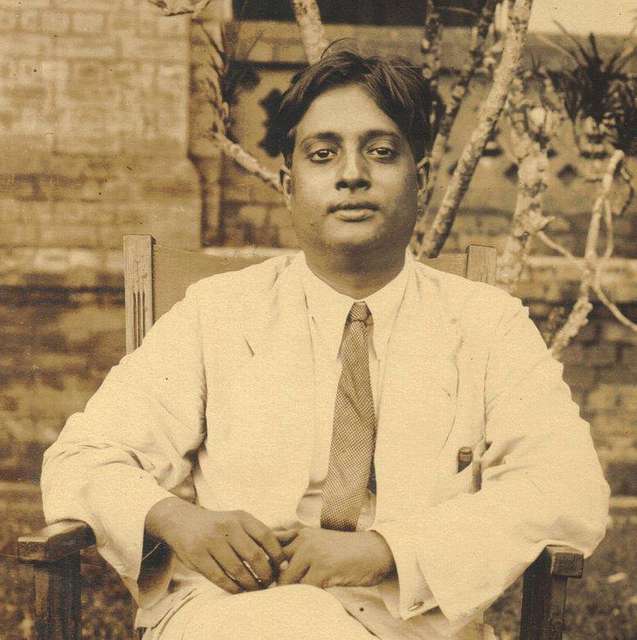
Satyendra Nath Bose was an Indian physicist who made significant contributions to the field of quantum mechanics. Born on January 1, 1894, in Kolkata, India, he showed an early passion for mathematics and science. His groundbreaking work on statistics led to the development of a new type of particles known as “Bose-Einstein particles.” Collaborating with Albert Einstein, Bose provided the foundation for the theory of Bose-Einstein condensates, a unique state of matter with extraordinary properties.
Despite facing challenges and limited resources, Bose’s dedication to his research and his ingenious ideas earned him recognition and respect in the scientific community. His work continues to influence modern physics and has paved the way for advancements in various fields, including condensed matter physics and quantum computing. Satyendra Nath Bose’s legacy remains a source of inspiration for aspiring scientists worldwide.
7. Har Gobind Khorana
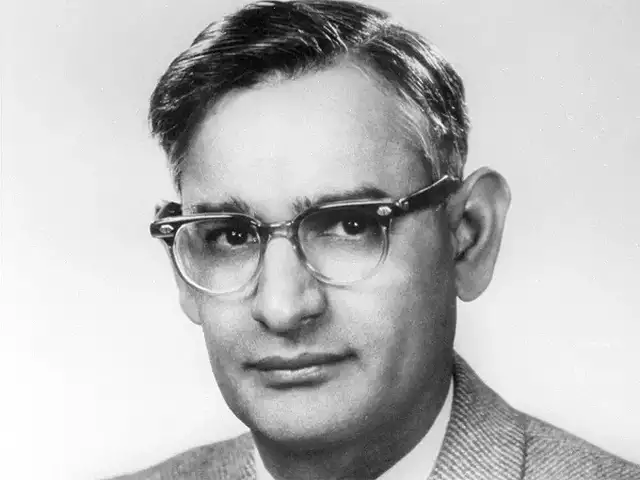
Har Gobind Khorana was a brilliant scientist and Nobel laureate known for his groundbreaking contributions to the field of genetics and biochemistry. Born in India in 1922, Khorana overcame numerous challenges to pursue his passion for science.
He is best remembered for deciphering the genetic code and understanding how the order of nucleotides in DNA determines the synthesis of proteins. Khorana’s pioneering research paved the way for the development of synthetic genes and laid the foundation for the biotechnology industry.
His work not only expanded our understanding of life’s fundamental processes but also had significant implications in medicine and agriculture. Throughout his career, Khorana received numerous accolades and honors, including the Nobel Prize in Physiology or Medicine in 1968, making him the first Indian-born scientist to receive this prestigious award. His legacy continues to inspire aspiring scientists worldwide, and his work remains a cornerstone of modern molecular biology.
8. Subrahmanyan Chandrasekhar
Subrahmanyan Chandrasekhar, commonly known as Chandra, was a brilliant Indian-American astrophysicist born in 1910. He made significant contributions to our understanding of the life cycle of stars and their ultimate fate. Chandrasekhar’s groundbreaking work focused on the concept of stellar evolution and the behavior of celestial bodies under extreme conditions.
One of his most influential discoveries was the “Chandrasekhar limit,” which demonstrated that there is a maximum mass a white dwarf star can have before it undergoes a catastrophic collapse, leading to a supernova explosion or the formation of a black hole. This limit has been essential in the study of stellar remnants and the dynamics of galaxies.
Chandra’s exceptional insights and research earned him numerous accolades, including the Nobel Prize in Physics in 1983. His work continues to inspire astronomers and astrophysicists worldwide, leaving an enduring legacy in the field of astronomy.
9. Homi Sethna
Homi Sethna was an exceptional Indian nuclear scientist, renowned for his significant contributions to India’s nuclear program. Born on August 24, 1923, in India, Sethna’s passion for science and research was evident from an early age. He pursued his education in nuclear engineering, which laid the foundation for his illustrious career. Sethna played a pivotal role in leading India’s nuclear tests, making the nation a nuclear power.
His determination, intellect, and leadership qualities were instrumental in achieving this remarkable feat. Throughout his life, he held various prestigious positions, including the Chairman of the Atomic Energy Commission of India. Apart from his scientific achievements, Homi Sethna was also a dedicated mentor and guide, inspiring countless young minds to pursue a career in science and engineering. His enduring legacy continues to inspire future generations to make strides in the field of nuclear science and beyond.
10. A.P.J. Abdul Kalam
A.P.J. Abdul Kalam was a remarkable Indian scientist and statesman who made significant contributions to the nation’s space and defense programs. Born in a humble family in 1931, Kalam’s determination and passion for science led him to earn degrees in aerospace engineering.
He played a pivotal role in India’s successful launch of the first satellite launch vehicle, SLV-III, and was instrumental in developing the indigenous ballistic missile program. Kalam’s brilliance and dedication earned him the nickname “Missile Man of India.”
In 2002, he became the 11th President of India, serving as a visionary leader and inspiring millions of people, especially the youth, with his wisdom and positive outlook. Known for his simplicity and humility, Kalam’s speeches and books motivated countless individuals to dream big and work hard to achieve their goals. Even after his passing in 2015, his legacy as a scientist, teacher, and inspirational figure lives on, continuing to ignite young minds to strive for excellence in science and beyond.
11. Raghunath Anant Mashelkar
Raghunath Anant Mashelkar, known as R.A. Mashelkar, is an eminent Indian scientist and a source of inspiration to many. He was born on January 1, 1943, in a small town in Maharashtra, India. Throughout his life, he has been passionate about science and innovation.
Mashelkar is renowned for his exceptional work in chemical engineering and technology development. His research contributions have earned him numerous awards and honors, including the prestigious Padma Vibhushan, India’s second-highest civilian award.
Mashelkar has played a pivotal role in shaping India’s scientific landscape, focusing on affordable and sustainable technologies that can benefit society at large. He strongly believes in the power of science to address the challenges faced by the common people.
Beyond his scientific achievements, Mashelkar is known for his humility, kindness, and willingness to mentor young scientists. He continues to be actively involved in various initiatives aimed at promoting science and innovation in India. R.A. Mashelkar’s remarkable journey serves as a shining example of how dedication, hard work, and a passion for science can create a positive impact on society.
12. M. S. Swaminathan
Mankombu Sambasivan Swaminathan, commonly known as M. S. Swaminathan, is an eminent Indian scientist and agricultural pioneer. Born on August 7, 1925, he has dedicated his life to improving agriculture and food security in India and beyond. Dr. Swaminathan is often referred to as the “Father of the Green Revolution” in India for his pivotal role in introducing high-yielding wheat and rice varieties during the 1960s.
His efforts transformed India from a food-deficit country to a self-sufficient agricultural nation. Beyond his contributions to the Green Revolution, Swaminathan’s work also extends to sustainable agriculture and environmental conservation. He advocates for the use of modern technology and research to benefit farmers and address hunger and malnutrition.
Throughout his career, he has received numerous awards and honors, including the Padma Bhushan and Padma Vibhushan, India’s prestigious civilian awards. M. S. Swaminathan’s dedication to agriculture and his innovative ideas have left a lasting impact on India’s development and continue to inspire agricultural scientists worldwide.
13. Venkatraman Ramakrishnan
Venkatraman Ramakrishnan, also known as Venki Ramakrishnan, is an Indian-born American structural biologist who made significant contributions to the understanding of ribosomes, the molecular machines that synthesize proteins in cells.
Born in 1952 in Chidambaram, India, Ramakrishnan pursued his education at various institutions, eventually earning a Ph.D. from Ohio University in the United States. His groundbreaking research involved using X-ray crystallography to study the structure and function of ribosomes.
In 2009, Ramakrishnan was awarded the Nobel Prize in Chemistry, along with two other scientists, for his crucial insights into the ribosome’s structure. This recognition highlighted his exceptional work in deciphering the complex molecular machinery fundamental to life.
Beyond his scientific achievements, Ramakrishnan has been involved in promoting scientific education and research, inspiring the next generation of scientists. His story serves as an inspiring example of how dedication, curiosity, and perseverance can lead to groundbreaking discoveries in the world of science.
14. Chandrasekhara Venkata Ramanujan
Chandrasekhara Venkata Ramanujan, known simply as Ramanujan, was a brilliant Indian mathematician who lived from 1887 to 1920. Despite facing numerous challenges, he made groundbreaking contributions to the field of mathematics that continue to inspire scholars worldwide.
Ramanujan’s innate ability for numbers was evident from a young age, and he developed his skills with little formal training. His discoveries in areas like number theory, infinite series, and modular forms were extraordinary and changed the face of mathematics. In 1913, Ramanujan caught the attention of G.H.
Hardy, a renowned mathematician from England, who recognized his immense talent and brought him to Cambridge University. Ramanujan’s short but prolific life saw the publication of numerous papers filled with groundbreaking theorems and formulas. His legacy remains a source of inspiration for mathematicians, highlighting the power of raw genius and perseverance in unraveling the mysteries of the universe.
15. Harish Chandra
Harish Chandra was a brilliant Indian mathematician and physicist known for his significant contributions to the fields of mathematics and theoretical physics. Born on October 11, 1923, in Kanpur, India, he displayed exceptional mathematical skills from an early age.
Harish Chandra’s work focused on representations of Lie algebras and the theory of automorphic forms, which are fundamental in modern mathematics and theoretical physics. His groundbreaking research has had a profound impact on diverse areas, from number theory to quantum mechanics.
Throughout his illustrious career, Harish Chandra received numerous accolades and honors for his remarkable achievements, including the prestigious Padma Bhushan award by the Indian government. He was also a member of several esteemed academies, such as the National Academy of Sciences and the American Academy of Arts and Sciences. Harish Chandra’s legacy continues to inspire and influence generations of mathematicians and physicists worldwide.
16. Shanti Swaroop Bhatnagar
Shanti Swaroop Bhatnagar was an eminent Indian scientist who made significant contributions to the field of chemistry. Born on February 21, 1894, in Bhera, Punjab (now in Pakistan), he was a pioneer in promoting scientific research in India. Bhatnagar’s remarkable work led to the establishment of the Council of Scientific and Industrial Research (CSIR) in India.
He played a crucial role in nurturing the country’s scientific community and fostering innovation. Bhatnagar’s research focused on a wide range of areas, including industrial chemistry, petroleum refining, and the extraction of essential oils from plants. His dedication to scientific advancement earned him numerous accolades, including the prestigious Padma Bhushan award in 1954.
Today, his legacy continues to inspire budding scientists and researchers in India to strive for excellence in their respective fields.
17. Satyendra Nath Bose
Satyendra Nath Bose, often referred to as S. N. Bose, was an eminent Indian physicist who lived from 1894 to 1974. He made significant contributions to the world of science, particularly in the field of quantum mechanics. One of his most notable achievements was the collaboration with Albert Einstein, where they formulated the concept of Bose-Einstein statistics, which describes the behavior of particles now known as bosons.
This groundbreaking work laid the foundation for the study of quantum statistics and had a profound impact on the field of physics. S. N. Bose’s name became synonymous with this fundamental aspect of particle physics. Despite facing challenges in his academic career due to the limited opportunities for research in India during his time, Bose persevered and left an enduring legacy in the realm of theoretical physics. His contributions continue to inspire generations of scientists worldwide.
18. M. Visvesvaraya
Mokshagundam Visvesvaraya, often referred to as Sir MV, was a prominent Indian engineer and statesman who lived from 1861 to 1962. He played a crucial role in the development and modernization of India during the early 20th century.
With his exceptional engineering skills and innovative ideas, Visvesvaraya contributed significantly to various infrastructure projects across the country. He was instrumental in designing and constructing dams, irrigation systems, and water supply schemes that helped in harnessing water resources for agriculture and industrial purposes.
His visionary work in urban planning and governance earned him great admiration and respect. Additionally, he served as the Diwan of Mysore, where he implemented several reforms and initiatives that transformed the state. M. Visvesvaraya’s dedication, expertise, and leadership continue to inspire generations of engineers and aspiring nation-builders in India. His contributions have left an indelible mark on the country’s progress and development.
19. Prafulla Chandra Ray
Prafulla Chandra Ray was a remarkable Indian scientist who lived in the late 19th and early 20th centuries. He was born in 1861 in a small village in Bengal, India. Ray is often referred to as the “Father of Indian Chemistry” for his significant contributions to the field.
Despite facing financial challenges, he pursued his passion for science and went on to study chemistry at the University of Edinburgh in Scotland. Upon returning to India, he established the Bengal Chemical and Pharmaceutical Works, which became a pioneering institution in the Indian chemical industry.
Ray’s research focused on organic chemistry, and he made groundbreaking discoveries in areas like mercurous nitrite and aromatic nitro compounds. His dedication to education and research inspired generations of Indian scientists. Prafulla Chandra Ray’s legacy continues to be celebrated, and he remains an influential figure in the history of Indian science.
20. Meghnad Saha
Meghnad Saha was an eminent Indian astrophysicist who lived from 1893 to 1956. He was a pioneer in the field of astrophysics and made significant contributions to our understanding of stellar atmospheres. Saha’s most notable achievement was the formulation of the “Saha ionization equation,” which describes the behavior of atoms and ions in stellar atmospheres. This equation played a crucial role in deciphering the spectra of stars and provided valuable insights into their chemical compositions and temperatures.
Born in a small village in what is now Bangladesh, Saha overcame various obstacles to pursue his passion for science. He completed his education in Calcutta and later became a professor at the prestigious Calcutta University. Throughout his career, he received numerous honors and accolades for his outstanding work in astrophysics.
Beyond his scientific contributions, Meghnad Saha was deeply involved in advocating for the advancement of science in India. He played a crucial role in establishing scientific institutions and promoting research and education in the country. His legacy continues to inspire aspiring scientists and remains an integral part of India’s scientific heritage.



